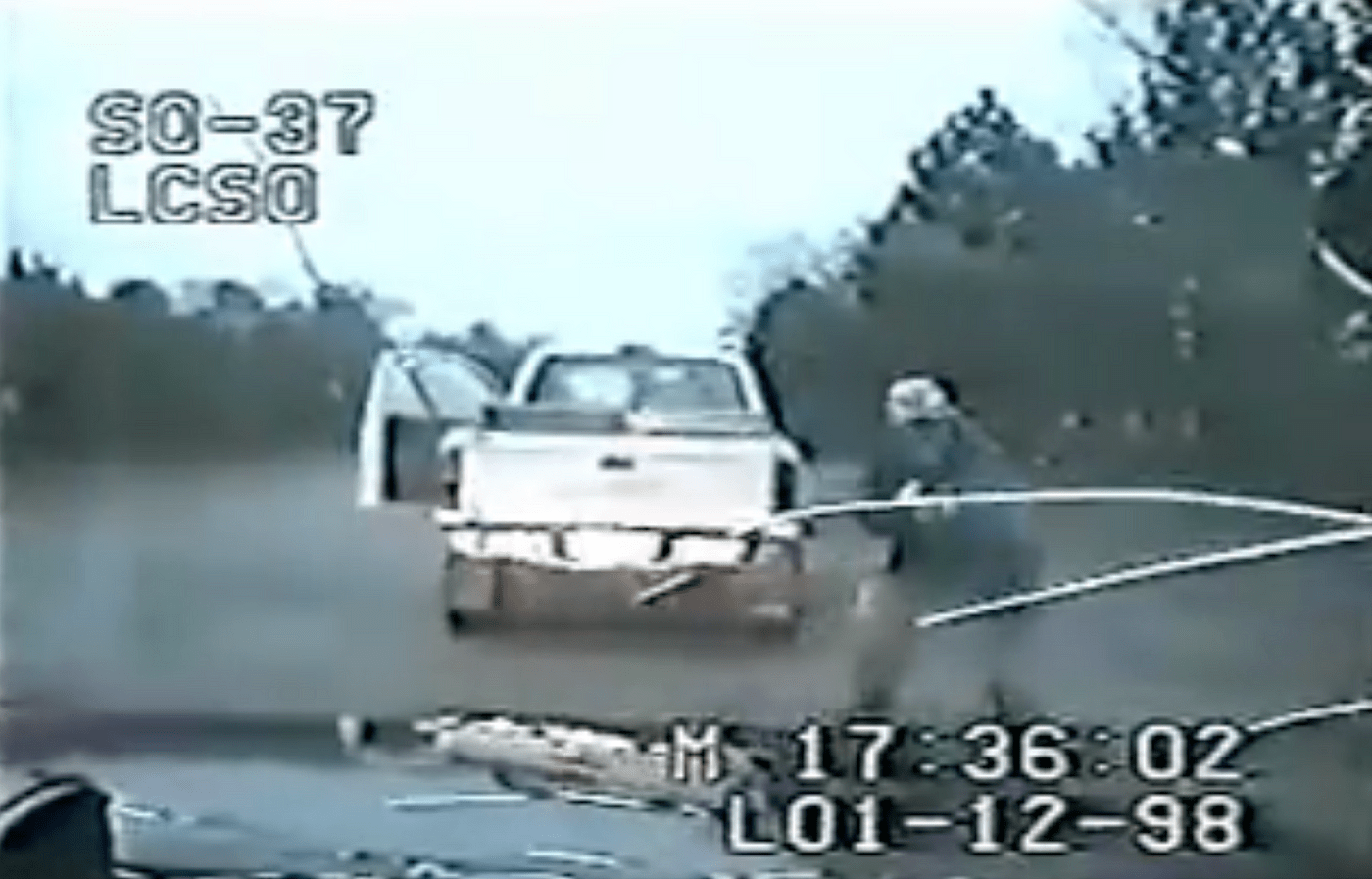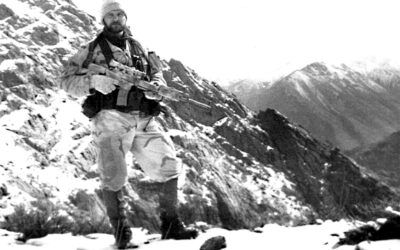This episode examines the tragic 1998 murder of Deputy Kyle Dinkheller, a young Georgia sheriff’s deputy killed during a routine traffic stop. Using dashcam footage, we recount the chilling escalation of the encounter, explore the decision making and mindset to reconcile deadly force, and delve into the lessons this event teaches about officer safety, de-escalation, and situational awareness.
Find us on social media (Facebook/Twitter/Instagram/YouTube) @TacTangents. You can join the conversation in our Facebook Discussion Group.
Find all of our episodes, articles, some reading list ideas, and more on our website www.tacticaltangents.com
Like what we’re doing? Head over to Patreon and give us a buck for each new episode. You can also make a one-time contribution at GoFundMe.
Intro music credit Bensound.com
Title: “Understanding the Use of Force: Rules, Reasonableness, and Critical Thinking” Summary: In this thought-provoking episode, Mike and Jim dive deep into the complexities of use-of-force decision-making, particularly as it applies to law enforcement. They explore the rules, policies, and legal frameworks governing police actions, including key court cases like Graham v. Connor and Tennessee v. Garner. With a focus on understanding the concept of “reasonableness,” they unpack how these principles apply not just to officers, but also to civilians and military personnel navigating related situations. Through this discussion, Mike and Jim examine the challenges of balancing split-second decisions with the need for critical thinking, training, and adherence to policy. They touch on how models like the Critical Decision-Making Model (CDM) and Integrated Communications, Assessment, and Tactics (ICAT) are shaping modern law enforcement training, while also addressing the limits of these frameworks. This episode encourages professionals and everyday listeners alike to critically evaluate their understanding of use-of-force dynamics. From self-defense considerations to understanding the role of government and the judiciary in defining boundaries, Mike and Jim aim to elevate the conversation while emphasizing the importance of informed discussion and reflection.













